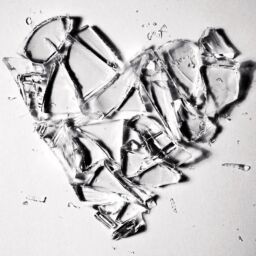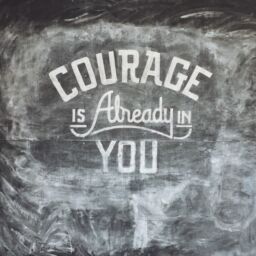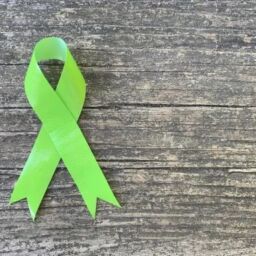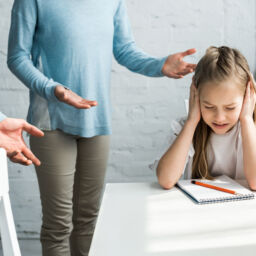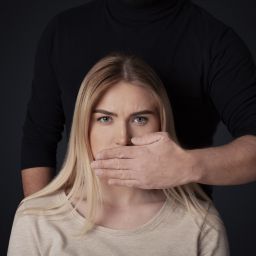
Physical Abuse in Adolescence and Its Effects on Development
BY: Hannah Jagiri
Physical Abuse during adolescence is a serious concern that can have far-reaching effects on an individual’s development. This form of abuse is not only an immediate harm; it has a long-lasting effect and can cause stunted growth psychologically, emotionally, and physically (Peterson, 2018).
Adolescence is a critical period of transition from childhood to adulthood, where children undergo significant developmental changes. It is a time when they form their identity, develop self-esteem, and learn to navigate complex social relationships.
Physical Abuse, characterized by intentional harm and often inflicted by a caregiver or another individual, can disrupt this delicate process. The trauma of experiencing violence can also lead to different developmental issues, including cognitive delays, emotional dysregulation, and social withdrawal (Nationwide Childrens, 2024).
Impacts Of Physical Abuse
The impact of Physical Abuse on cognitive development can be profound. Adolescents who have been abused may struggle with learning difficulties and exhibit lower academic performance. The stress and anxiety caused by abuse can impair their concentration and memory, hindering their ability to process information effectively (Strathern et al., 2020).
Emotionally, the effects of Physical Abuse can manifest as depression, anxiety, and low self-esteem. Adolescents may internalize the abuse, leading to feelings of worthlessness and helplessness. These negative emotions can become pervasive, affecting their mood and outlook (Radell et. al, 2021).
Socially, Physical Abuse can result in adolescents having difficulty forming and maintaining healthy relationships. They may become isolated, distrustful of others, or develop aggressive behaviors. This can further alienate them from their peers, creating a cycle of social exclusion and loneliness (Nationwide Childrens, 2024).
Health Consequences Of Physical Abuse
Moreover, Physical Abuse can have long-lasting health consequences. Adolescents may experience chronic pain, somatic symptoms, and increased vulnerability to diseases. The stress associated with abuse can also lead to unhealthy coping mechanisms, such as substance abuse, which can have additional detrimental effects on their health and development (Springer et al., 2003).
In conclusion, Physical Abuse in adolescence is a destructive force that can derail an individual’s developmental path. It is imperative to recognize the signs of abuse and intervene early to provide support and resources to affected individuals. Doing so can help mitigate the adverse effects and foster a healthier, more resilient generation.
At ARO, we are here to support your personal healing journey towards your complete well-being. We bring solutions and real-time education for 21 different types of abuses. The most prevalent abuses are Sexual Abuse, Spousal Abuse, Physical Abuse, Psychological Abuse, Narcissistic Abuse, Financial Abuse, Self Abuse, Elderly Abuse, Isolation Abuse, Child Abuse, Bullying, Cyberbullying, Workplace Abuse, Religious Abuse, Medical Abuse, Food Abuse, Authority Abuse, Educational Abuse, Child Sexual Exploitation, Sex Trafficking, and Political Abuse. Support our efforts by visiting GoARO.org and NormTherapy.com to sign up for Norm Therapist® Training to become one of our dynamic staff members who serve Victims and Survivors of abuse worldwide, schedule Norm Therapy® sessions, become a Live Stream volunteer, join our mailing list to learn how you can make an impact on the Abuse Care Community, and provide life-saving financial assistance with a generous donation.
References
Peterson, S. (2018, March 19). Effects of Physical Abuse. The National Child Traumatic Stress Network. https://www.nctsn.org/what-is-child-trauma/trauma-types/physical-abuse/effects
Nationwide Children’s Hospital. (2024). Physical abuse. Nationwide Children’s Hospital. https://www.nationwidechildrens.org/conditions/physical-abuse-trauma
Strathern, L., Gianotti, M., Mills, R., Kisley, S., Najman, J., & Abajoir, A. (2020, October 1). Long-term Cognitive, Psychological, and Health Outcomes Associated With Child Abuse and Neglect. Publications.aap.org. https://publications.aap.org/pediatrics/article/146/4/e20200438/79676/Long-term-Cognitive-Psychological-and-Health.
Radell, M. L., Abo Hamza, E. G., Daghustani, W. H., Perveen, A., & Moustafa, A. A. (2021, April 13). The impact of different types of abuse on depression. Depression research and treatment. https://www.ncbi.nlm.nih.gov/pmc/articles/PMC8060108/
Springer, K. W., Sheridan, J., Kuo, D., & Carnes, M. (2003, October). The long-term health outcomes of childhood abuse. an overview and a call to action. Journal of general internal medicine. https://www.ncbi.nlm.nih.gov/pmc/articles/PMC1494926/


